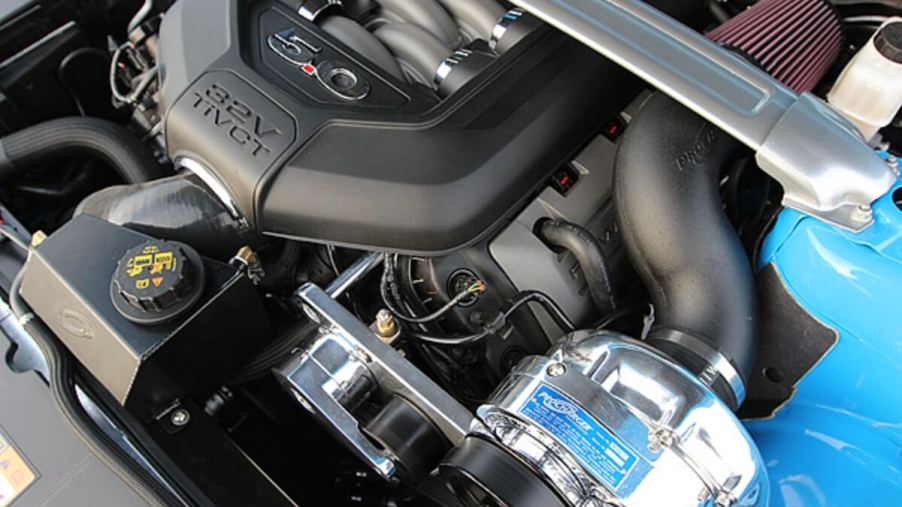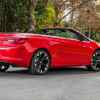
ProCharger Vs. Roots Supercharger: How Should You Charge Your Build?
You’re getting ready to tackle your custom car build and want to make some serious horsepower. No problem; you have plenty of forced induction options to consider. If you’re working on a Ford Mustang, Chevrolet Camaro, or similar performance car, you’re probably looking at a ProCharger or roots-style supercharger to add ponies to your stable. So, which one should you choose to charge up your build?
What exactly does a ProCharger do?
ProCharger refers to the brand name of a popular centrifugal supercharger. Centrifugal superchargers use a rotary impeller to draw air inward. Once inside, the unit cycles the air until it’s high-pressure and forces it into the engine.
That action introduces forced induction to your engine, the most common way to add big power to your build without resorting to a bottom-up build. As a result, centrifugal systems are extremely popular with hot rodders and custom car builds.
A traditional roots-style supercharger is one of the most common alternatives to a ProCharger. Instead of residing adjacent to the engine, a roots supercharger sits atop the motor, like an intake manifold. A roots system uses rotors to pull immense amounts of air into the engine, just like a centrifugal unit. After the system forces air into the engine, the motor compresses the air, completing the forced induction application.
Is a ProCharger better than a roots-style supercharger?
A ProCharger is typically much more affordable than a top-mounted roots-style unit. For instance, some intercooled ProCharger kits could be cheaper than comparable roots-style kits by $3,000 or more than comparable roots-style kits. Also, the centrifugal system is more compact and versatile than a top-mounted unit.
In comparison, a roots supercharger could add more horsepower, and greater torque is often available at lower RPMs. Specifically, a roots supercharger is a “positive-displacement” application, meaning it’s constantly drawing in the same volume of air, per Driving Line. As a result, the forced-induction benefits are available from the first application of throttle and continue on a linear pattern. Think consistent added power and torque at lower revs.
How much HP does a ProCharger add?
Depending on the application, a ProCharger could add over 100 horsepower to a stock engine application. For instance, a Chevrolet Corvette with an LS2 could produce over 600 horsepower with an intercooled centrifugal supercharger kit, an increase of around 170 horsepower.
Paired with the ProCharger’s affordability, the little centrifugal supercharger could be a cost-effective way to add big power to your build.
Can you daily drive a car with a ProCharger?
ProChargers are common on high-horsepower daily driver builds. Centrifugal units don’t produce as much heat as traditional roots-style applications, which reduces wear. Moreover, a centrifugal supercharger could add manageable horsepower figures without creating a tricky commuter car that tends to break traction at the slightest throttle.
What is the benefit of a centrifugal supercharger?
If your next build is budget-minded, a centrifugal supercharger might be one of your best options. For instance, a centrifugal application is cheaper than a traditional roots-style system. Also, builders can mount the self-contained unit left or right of the engine, which means no alteration to the hood.
Furthermore, a centrifugal unit’s lower heat and higher efficiency make it a fine addition to a performance-oriented daily driver. How would you add horsepower to your build? Tell us in the comments below!



